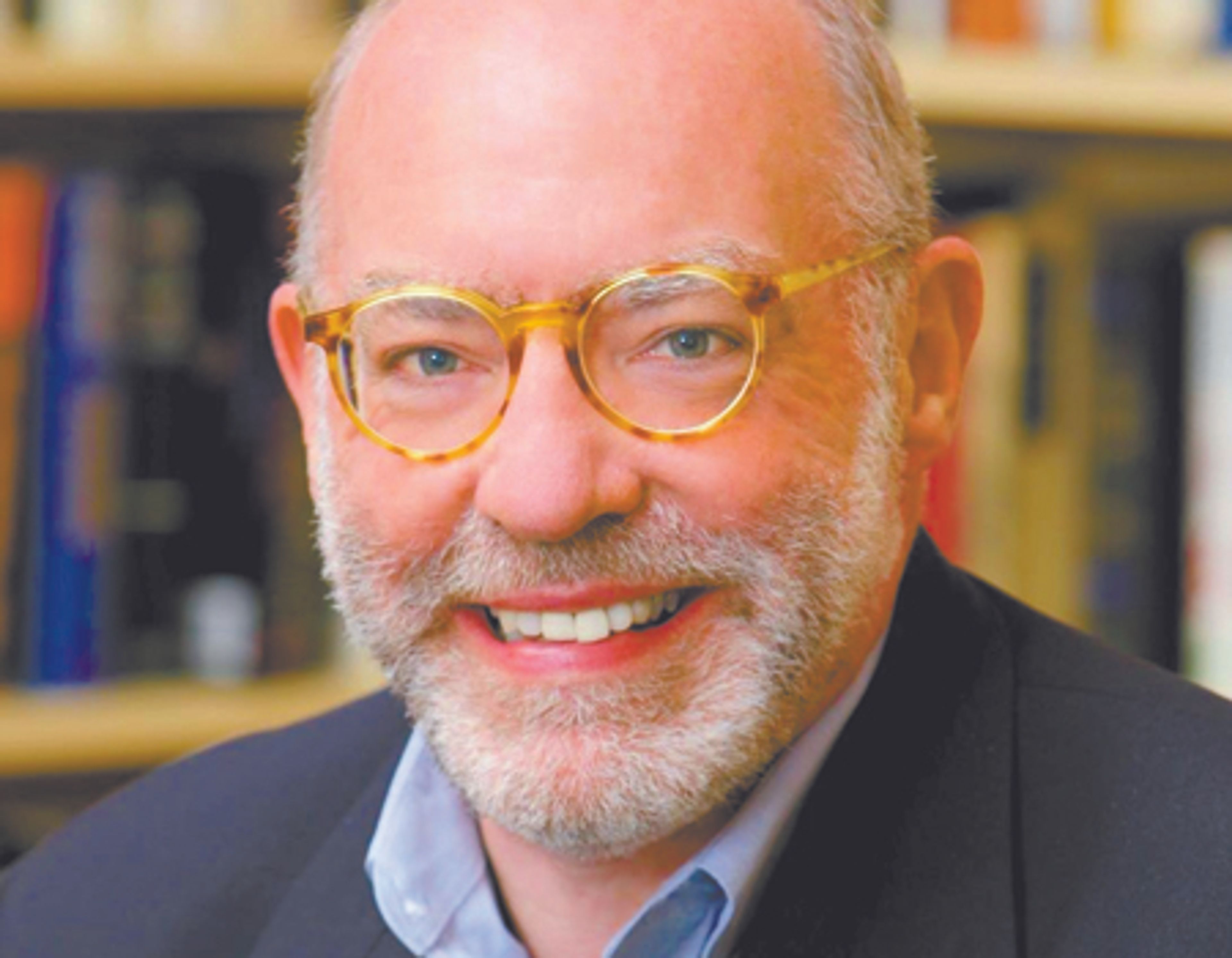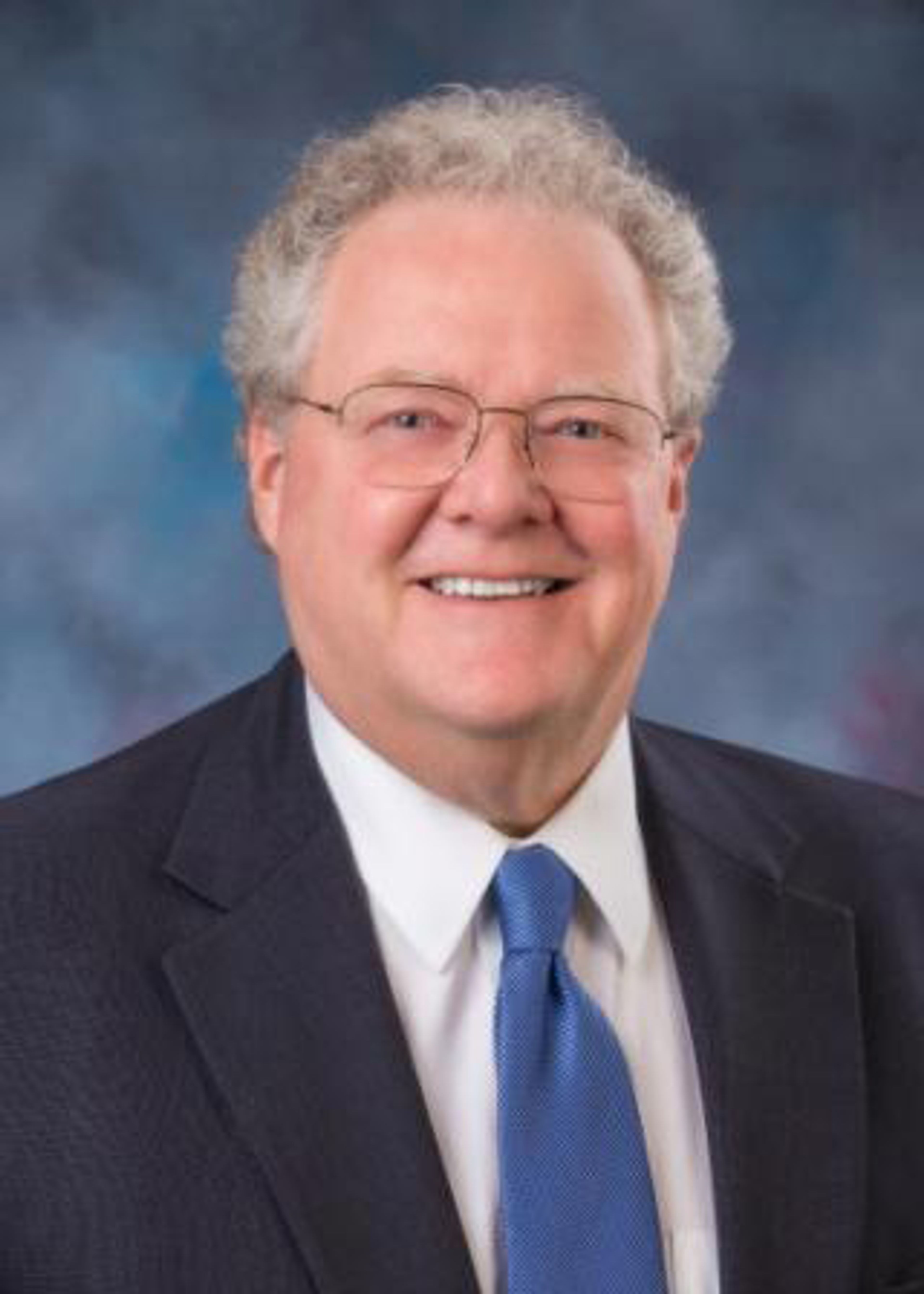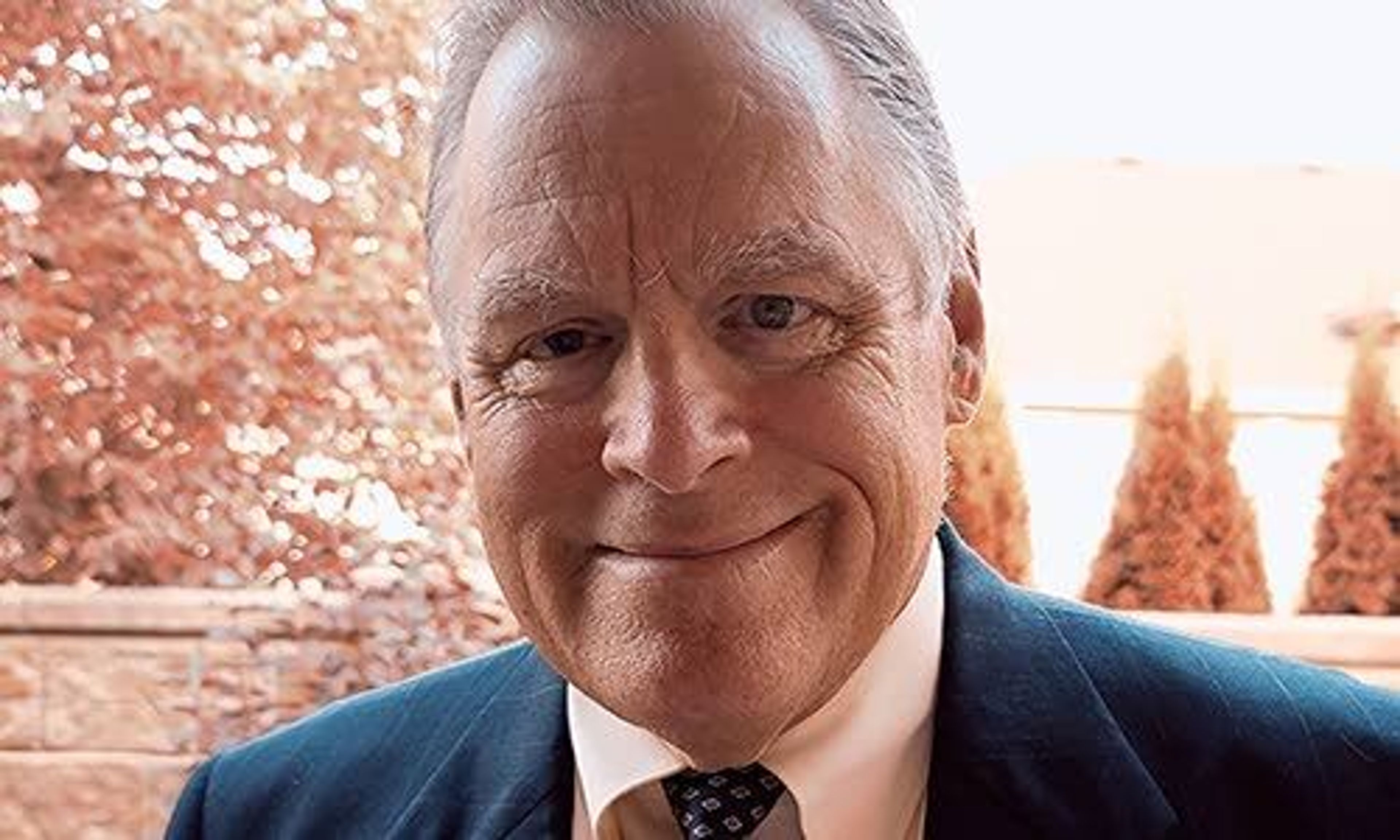Editorial: As good as it is, Simpson’s plan isn’t enough
The Tribune's Opinion
Congressman Mike Simpson has released his commendable blueprint to save endangered salmon and steelhead by breaching four dams on the lower Snake River.
Acting alone, however, Simpson is little more than a single member of Congress in the minority.
To succeed, he has to offer something more to the people of the Lewiston-Clarkston Valley — a vision of a vastly improved, more prosperous way of life. If they are to lose their 20th century navigation system, replace it with a 21st century Interstate highway.
Simpson has courageously framed the question: It’s fish or dams.
The 2nd District Republican makes no pretense of guaranteeing that breaching the dams — and restoring a natural river current — will save the fish. But after 30 years of trying everything else and spending $17 billion in the process, the status quo is a certain path to extinction.
A package more than two years in the making, the $33 billion Simpson proposal would attach itself to President Joe Biden’s anticipated infrastructure bill later this year. Following the logic of asking “what if” the dams were removed, the southern Idaho Republican offers a series of trade-offs.
For instance, operators of the remaining Columbia River dams would operate free from fear of environmental lawsuits for 35 years. Billions would go toward replacing lost hydropower, providing farmers with rail transportation, restoring waterfronts and providing economic development — as well as a $1.25 billion Snake River Center for Advanced Energy Storage. Placing a $275 million campus in Lewiston would plug the community into the global search for clean energy.
Simpson’s strategy bears more than a striking resemblance to his succesful decade-long drive to create the Boulder-White Clouds wilderness.
Then Simpson served as an honest broker of information — drawing out support from diverse interests such as ranchers, motorized recreationists, conservationists and local government officials.
Now, the stars may be aligning in his favor. After stalling out during the Trump administration, a massive infrastructure bill may gain traction — serving as the umbrella for Simpson’s package.
Many of the people who could help implement Simpson’s vision hail from the Pacific Northwest.
Sen. Ron Wyden, D-Ore., is chairman of the Finance Committee.
Sen. Maria Cantwell, D-Wash., is chairwoman of the Commerce, Science and Transportation Committee.
Sen. Patty Murray, D-Wash., is No. 3 in Democratic leadership and serves on the energy and water subcommittee of Appropriations. Also serving on that panel is Sen. Jeff Merkley, D- Ore.
Rep. Peter DeFazio, D-Ore., is chairman of the House Transportation and Infrastructure Committee.
But here’s a key difference:
When Simpson pursued the Boulder-White Clouds package, he had leverage. As much as the various sides bristled at the compromises the congressman was crafting, the alternative — an Obama administration declaration creating a larger national monument area — was worse.
This time, however, Simpson’s plan is all carrot and no stick.
Not only must he persuade people such as Wyden and Murray to become champions, he’ll have to come up with a way to persuade fellow Republicans — such as Idaho Sens. Jim Risch and Mike Crapo as well as Reps. Russ Fulcher of Idaho, Dan Newhouse and Cathy McMorris Rodgers, both of Washington, to at least remain neutral.
Simpson, they can ignore.
Their own constituents? That’s entirely different.
While this region bet its future on navigation nearly a half-century ago, just about every other community in Idaho with an entrance and exit ramp to an Interstate highway expanded far more. Lewiston has remained comparatively stagnant, overshadowed not only by the Treasure Valley, but Coeur d’Alene, Twin Falls and eastern Idaho.
Just imagine where north central Idaho and eastern Washington might be today were the distance between Lewiston and I-90 reduced to an 80-minute drive on a four-lane, divided highway with no impediments.
Wouldn’t goods and services flow more freely?
Wouldn’t the reduced drive time attract more interest and more investment here?
If you’re talking infrastructure investments, what could generate the best return?
Just the prospect of an interstate link could change the conservation. Why talk about mitigating the losses from dam breaching when you could provide the ordinary people who live and work in this area with hope for something fundamentally better?
What could be more universal than the desire for economic renewal and freedom of movement? Offer that and it could transform itself into a wave of public support that no Idaho or Washington politician could ignore.
Simpson’s plan may be the last chance for the fish. But it’s also a real opportunity for the people of north central Idaho to get the modern highway system they need and deserve. — M.T.








